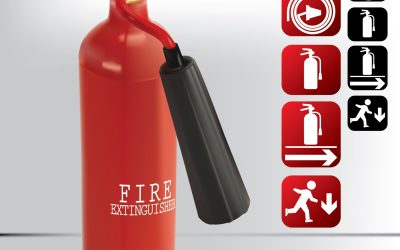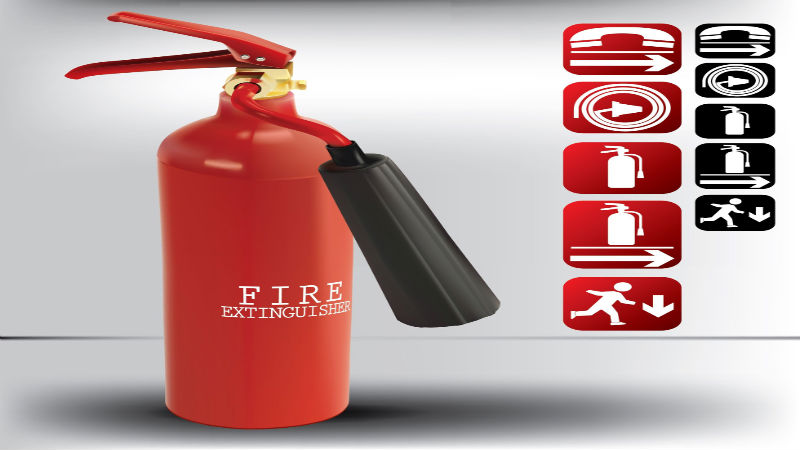Building codes often require that the structure be protected by an automatic fire sprinklers system. Those involved in the design and installation of fire protection services in NJ take into account numerous variables which include size of the building and the occupancy group and density. Depending on the circumstances there are two different types of systems that can be installed.
Wet pipe sprinkler systems:
Wet pipe systems are by far the most common. They are extremely reliable because of their simplicity. A wet pipe system consists of nothing more than the piping, a series of sprinkler heads located strategically and in most installations, a check valve that operates automatically in the event of a fire. The system pipes are supplied with water under pressure, when a sprinkler head is activated by being exposed to enough heat, the glass element or fusible link releases, this in turn releases water from that particular sprinkler head.
Dry pipe sprinkler systems:
Dry pipe sprinkler systems are used in areas which are cold enough that the water in the pipes can freeze. Obviously, if the water in the pipes is frozen the system would be rendered useless. This type of system relies on the pipes being filled with air at a pressure less than the water pressure in the building. Under normal circumstances water is kept out of the system by a valve. If a sprinkler head within the system is exposed to heat the valve senses this and opens. As the pipes are filled with reasonably low pressure air, it vents once the sprinkler head is open, the air in the pipes is replaced by water which extinguishes the fire.
Wet and dry sprinkler systems are the most common form of fire protection services in NJ, both of them have proven to save lives and money over the many years they have been commercially available.


